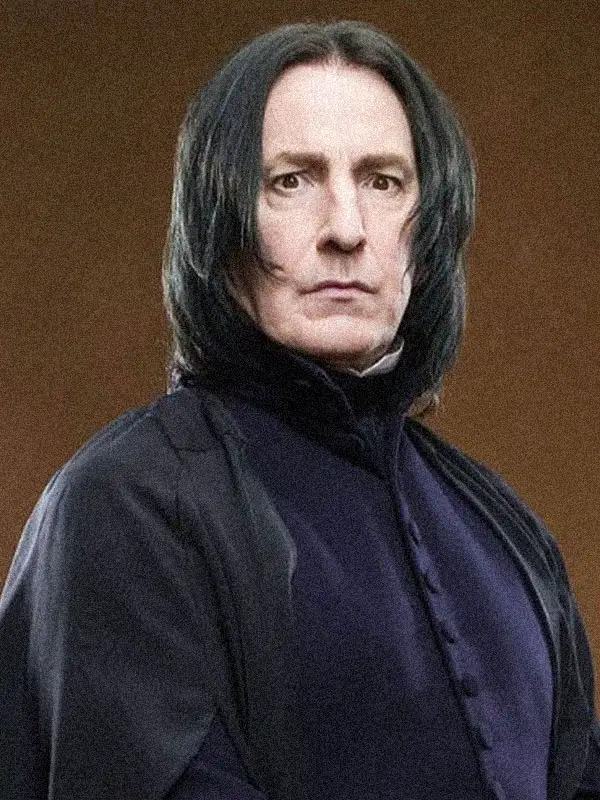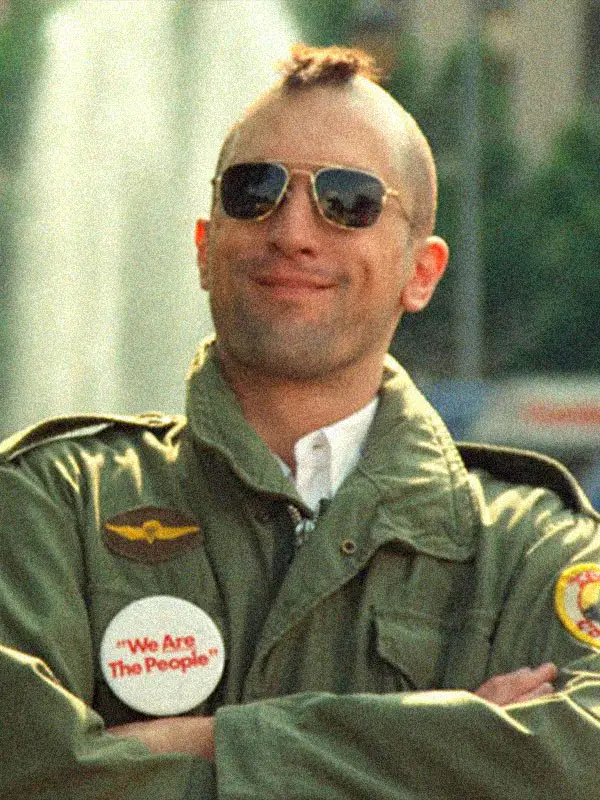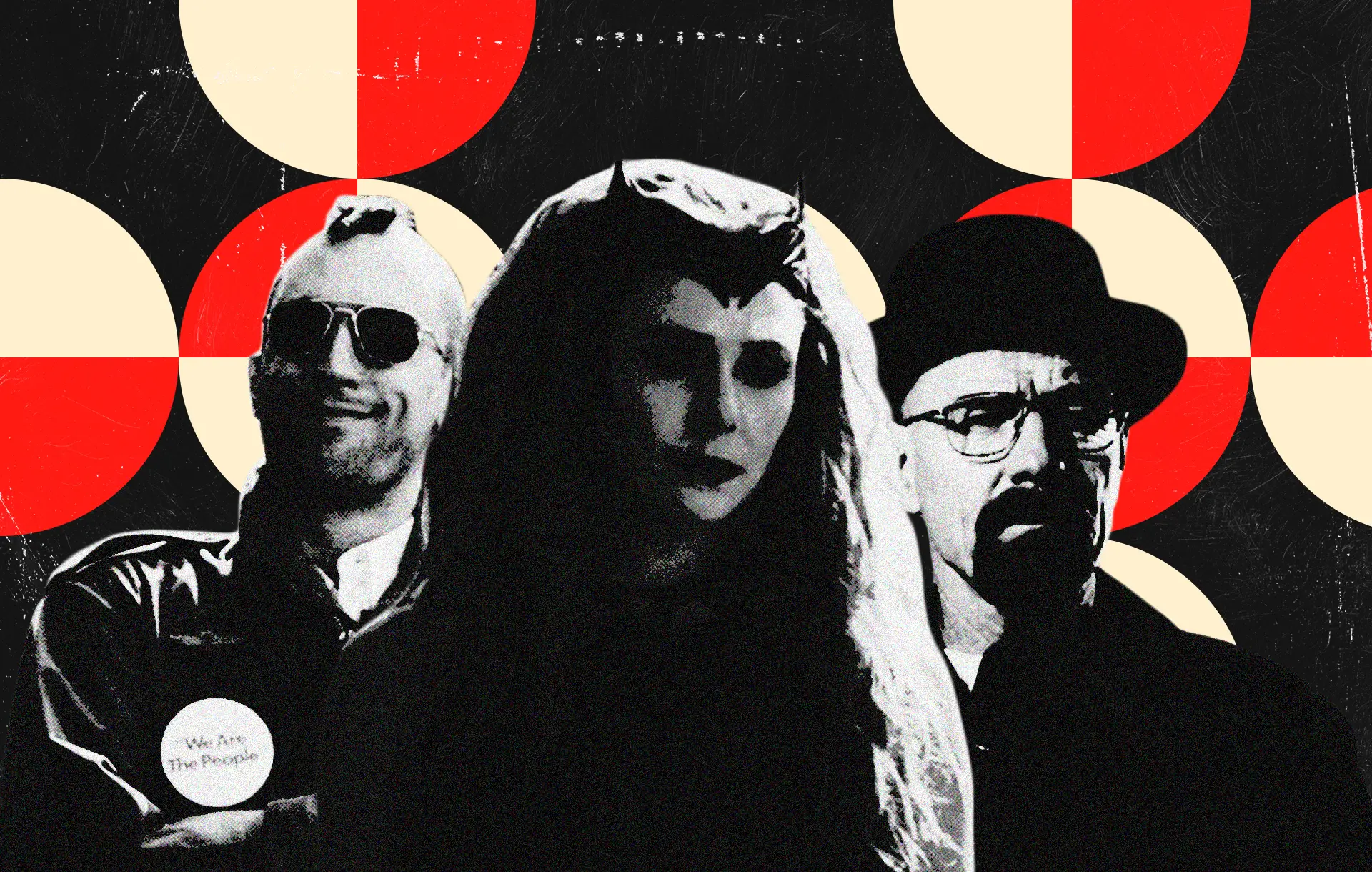Most people easily fall for the sweet and kind-hearted boy or girl next door who plays everything by the book, but there are some who crave the kind of thrill, danger, and spontaneity that flawed people possess, which make them undeniably captivating, relatable, and memorable. In recent years, there has been an exponential growth of antiheroes in films and TV shows that explore its complex and multi-dimensional layers of conflicting personalities.
But what makes iconic antihero characters such as Travis Bickle, Severus Snape, Walter White, and Wanda Maximoff — to name a few — more appealing than traditional heroes? Let’s breakdown the genetic makeup of an antihero and how they constantly lure us into looking past their limitations and rooting for their victory.
The Antihero DNA
Antiheroes are characters who possess traits, behavior, and features that are opposite to the heroic attributes that a conventional hero or protagonist in a story would usually exhibit. We could trace the roots of this archetype back to the inception of classical literary Greek dramas from which they were inspired.
While antiheroes usually lack the courage and motivation to do things for the right reasons, they are still capable of exercising their moral compass to do a noble deed or to get justice. They are usually identified as characters that have good intentions, prioritize their own gain or self-interest, or have uncontrollable weaknesses like addiction, alcoholism, violence, and cowardice.
In literature, for instance, the stoical antihero from Albert Camus’ award-winning book The Stranger (1942) is depicted as an antihero that struggles with the absence of “heaven, love, and acceptance” from his partner. Writer Chris Heckmann added that antiheroes at their core have difficulties in “finding commonalities with others, or salvation within themselves. No matter what they do, they’re destined to be rejected by society. This outsider mentality is something that’s come to define antihero.”
There was a need for a more comprehensive representation of characters that better reflected human’s true nature
As political, criminal, religious, social conflicts and violence exponentially increased around the world and society became profoundly more complex, there was a need for a more comprehensive representation of characters that better reflected human’s true nature, shortcomings, and vulnerability. For this reason, antiheroes become more relatable and compelling than traditional heroes we often encounter in works of fiction. The perfect, pure, morally and ethically upright characters who always play everything by the book were not going to cut it anymore and audiences were craving characters who experience a realistic or similar moral dilemma, brokenness, and internal struggles that we go through on a daily basis.
Antiheroes come in different shapes and sizes. They could have the same characteristics of a traditional hero but would go as far as crossing moral boundaries for the greater good; someone who is self-centered and pessimistic about life, but still has good intentions; or somebody who is borderline evil but his actions benefit mankind. What separates antiheroes from villains or antagonists is the fact that the latter are inherently ill-intentioned, wicked with no respect for humanity, nor have the will to do any good for anyone but themselves.
The Battle of the Baddies
Over the years, Hollywood has developed antiheroes so sophisticatedly that they’ve become certified icons. Let’s take a closer look at how the characters from Taxi Driver, Mad Men, Breaking Bad, Harry Potter, and WandaVision became some of the best antiheroes that ever graced the big and small screens.

Walter White from Breaking Bad started out as an average man who has it all — a family, a nice house, and a stable job as a chemistry teacher. But after his cancer diagnosis, he was left with a huge financial burden that led him down a dark path that forced him to use his intelligence and capabilities to engage in illegal undertakings in able to make ends meet for himself and his family. The lack of support and unfairness of the system or society drove him to forsake his morals. Even though his actions are wrong, we empathize with his predicament and understand that the intentions behind it are valid and for the greater good of his family.

Severus Snape from Harry Potter at first glance was a perfect embodiment of an antihero dressed as a villain. From the get-go, it seemed like his life’s purpose was to make Harry’s life miserable. But in the succeeding series, it was revealed in his backstory that he was a good friend and admirer of Harry’s mother Lily James, and all this time Snape was only protecting him from the dark force that is Voldemort, the one who killed Harry’s parents. Although, it is believed that switching to the good side was a result of his need to seek vengeance and redemption for himself for not being able to protect Lily. Nonetheless, he ends up doing the right thing for defending Harry and giving up his life for the benefit of the entire wizarding world.

Travis Bickle from Taxi Driver is oftentimes hailed as the quintessential antihero. Despite his disturbing personality and perverted thinking due to the trauma brought forth by serving in the war, his motivations at its core are aimed to right the wrongs of a corrupt and unjust society. The only problem is that his understanding of reformation is through aggressive and violent means. His character perfectly exemplifies an antihero who is crippled by loneliness, isolation, and someone who can never fit into society.

Wanda Maximoff or the Scarlet Witch from WandaVision is the latest addition to the list of compelling antiheroes. As a part of the Marvel Cinematic Universe, Wanda is no stranger to the battle between “good vs. evil.” Given that superheroes possess extraordinary abilities, they have the huge responsibility of how they use their powers, whether for the benefit or the demise of mankind. Wanda, in particular, was conditioned to use her ability to control minds to put nightmares into the minds of the Avengers, intensifying their greatest fears as well as causing rifts and mayhem among each other. However, Wanda and her brother Pietro eventually ended up siding and working alongside the good guys to save the planet. She straddles the line between good and evil, someone who acts upon her pain, grief, and self-interest in creating a false reality and manipulating people against their will but with a positive intent to help her cope with her deep-seated problems.
Aside from the undeniable charm and appeal, our fascination for antiheroes is deeply rooted in their vulnerabilities, brokenness, and imperfections — qualities that truly make us human. We better relate to their struggles as they enable us to reflect on our own flawed reality, and we are invested in their journey because it somehow instills hope that despite our shortcomings, we are worthy of redemption and capable of making moral choices or sacrificing our lives for the benefit of others.




